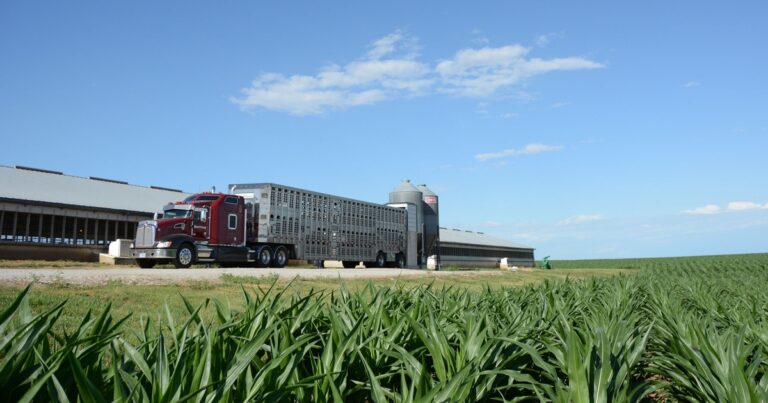Steve Meyer doesn't mince words when comparing the 1998 pork crisis to 2023.
“It's felt like Dr. Doom the last few months,” said Meyer, chief economist at Agricultural Production Partners, who has studied pork markets his career. “Our models show that in 2023, we will lose more on average per head than we did in 1998.”
Meyer was cautious in offering advice to producers at the Illinois Pork Expo last week: “Things are getting better, but they're not great. The question is, will things get better enough that we'll be in the black?”
The good news is that input costs are falling and may fall further, wholesale demand is strong, consumer-level demand is recovering slightly and herd health is improving significantly.
“To restore profitability, prices need to rise through reduced costs, increased demand and reduced pork supplies,” Meyer said.
Prairie Farmer spoke with Meyer to find out more about how 2023 will be different from 1998.
Can you remember how bad 1998 was? 1998 was a terrible year for the pork industry, with pork prices dropping to single digits in late November and early December of that year, leading to huge losses and major restructuring.
What prompted the restructuring? As we got into 1998, the business structure changed. It was a change in technology, economics, and scale. There were a lot of operations that were generally small and part-time, that weren't specialised. The industry was realising that larger, specialised units were less costly and much more efficient. So as we got into 1998, there was a massive restructuring of the business. It was very, very, very painful.
To say that 2023 will be worse than 1998 is pretty significant. Our model predicts that, on average, each person will lose more money in 2023 than they did in 1998. But not in the same way.
Why not? This is a different business. We are generally larger, better capitalized businesses. There is certainly economic stress on a lot of people, but we just came off a period where we were pretty capitalized. So producers that go into this may take some losses.
But the losses in the first half of 2023 were mainly due to rising costs. It's been a very difficult situation. So that puts us in a position where we need to improve in 2024. At one point it didn't look like it was going to get much better, but over the winter it's definitely been improving.
The 1998 pork crisis caused many Illinois producers to get out of the pork business. What's different this time? In 2023, we have producers that are much more aggressive in managing risk. My model that projects 2023 to be as bad as 1998 assumes buying corn and soybean meal on a day-to-day basis and selling hogs on the market with no risk management. But now, they're using futures and options a lot more than they used to. They have LRP (Livestock Risk Protection) insurance and LGM (Livestock Gross Margin) insurance. There are a lot of tools that people are using, and that's one of the reasons we haven't seen the bankruptcies and liquidations that we saw in '98.
So does that mean better risk management and improved balance sheets? Yes, I think we did a better job at that, but the tools available were different, and producers thought differently. And the move to contract production protected those who didn't own pigs. They don't have the market risk, but the market risk for pig owners is still great.
What is your best advice to pork producers at this time? Now is a good time to be defensive. There is a time in this industry where you can be aggressive, take risks, look at the cash market and say, “Your risk pays off.” But I don't think that's the case now. Most producers have taken such a big hit to their equity that they can't take on a lot of risk. So producers are going to have to be as aggressive in managing risk as they were in '23.
There are still good opportunities. You can use options to set a floor price and leave a ceiling price open. You can do the same with LRP insurance. For grain, the market is trending towards lower costs.
What do corn farmers need to know about the pork market? Corn growers need to know that we can't keep paying those prices forever. In my opinion, over the next few years the price of corn will get pretty close to the cost of production. You know, we're always going to be out of prosperity by production.

